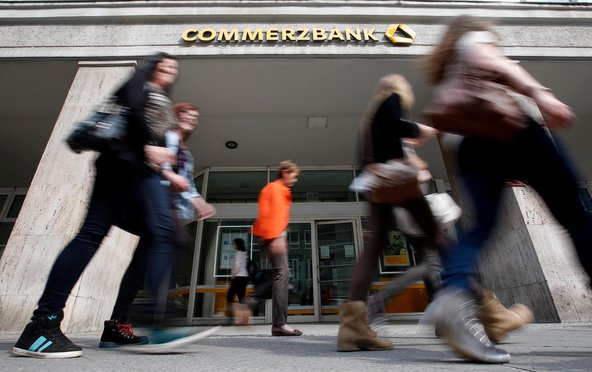Mr. Summers and Ms. Yellen are now the leading candidates to head the Federal Reserve, and the winner is likely to spend far more time on financial regulation than previous Fed chairmen. Congress has greatly expanded the Fed’s regulatory purview; moreover, the central bank’s basic responsibility to try to keep the economy on an even keel, experts say, will require a much greater focus on ensuring the stability of the financial system.
The two candidates share similar views on many regulatory issues, according to a review of their public statements and interviews with friends and colleagues. Both forged academic careers as members of the economics counterculture that attacked the dogma of efficient markets. Both say they believe that markets require regulation to prevent abuses, ensure fair competition and prevent disruptions of economic growth.
But those meetings 15 years ago highlight a basic difficulty in predicting what kind of regulators they would be. Ms. Yellen, during her two decades in prominent public roles, has left few footprints on the era’s debates about the government’s role in the markets. Mr. Summers, in helping to shape the regulatory policies of two administrations, has taken positions that critics say amounted to not following his own advice.
For supporters of stronger regulation, it comes down to a choice between someone they do not know and someone they do not trust.
The overhaul of financial regulation that Congress passed in 2010 — known as the Dodd-Frank law after its two principal authors, Senator Christopher J. Dodd and Representative Barney Frank (both since retired from Congress) — amounted to an instruction manual for the creation of a new system. The construction process remains substantially incomplete.
The next head of the Fed faces controversial decisions, in particular, about what safeguards to impose on the largest financial institutions to make it credible that if they falter, they will be allowed to fail.
“There’s a huge plate of unfinished business where the Fed has lead — if not sole — authority and the next chairman could derail a lot of that, or water it down,” said Sheila Bair, who was chairwoman of the Federal Deposit Insurance Corporation during the financial crisis. “That’s why it’s important for the next Fed chairman to have a good focus on regulation.”
President Obama has said that he intends to nominate a successor this fall for the current Fed chairman, Ben S. Bernanke. The White House has said he is also considering a third candidate, Donald L. Kohn, who was Ms. Yellen’s predecessor as Fed vice chairman. While past Fed chairmen have been selected almost exclusively for their views on monetary policy, this time the White House is focused on the fact that it is picking a financial regulator, too.
Mr. Summers and Ms. Yellen declined to comment for this article. Both, however, have spoken in recent months about the need for stronger regulation. Ms. Yellen, in a June speech, detailed areas where she believed stronger regulation was required. Mr. Summers, in an April interview, made a similar point, although he did not discuss specific proposals.
“The world is moving in the right direction,” he told Maclean’s, a Canadian newsmagazine. “Whether it is moving rapidly enough, and aggressively enough, is a judgment we will have to make in the next several years.”
Mr. Summers and Ms. Yellen were academic stars before entering public service. Menzie Chinn, an economist and professor of public affairs at the University of Wisconsin, said that both were “at the forefront” of research undermining the idea that markets were self-correcting. By contrast, the former Fed chairman Alan Greenspan frequently argued that government regulation did more harm than good.

Article source: http://www.nytimes.com/2013/08/14/business/economy/careers-of-2-fed-contenders-reveal-little-on-regulatory-approach.html?partner=rss&emc=rss







